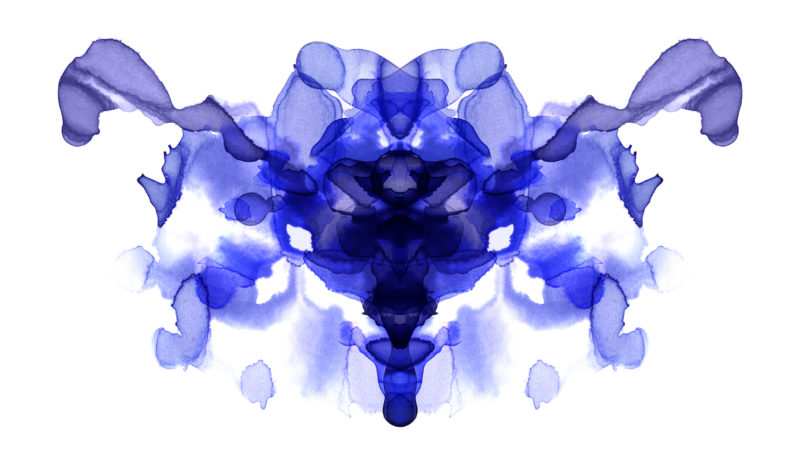“People only see what they are prepared to see” – Emerson
When it comes to making good decisions, our mind is our own worst enemy. We humans share numerous cognitive biases that lurk in the dark corners of our thought processes, impairing our judgment in profound ways.
Among these biases, the most insidious might be confirmation bias: the tendency to seek out information that conforms to our beliefs and ignore information that goes against them. We hear what we want to hear. We see what we want to see. We filter out the round-hole facts that don’t fit our firmly held, square-peg preconceptions. It’s one of the reasons people die on Mount Everest. It’s one of the reasons the Titanic sank. It’s one of the reasons our country has become so politically polarized.
Closer to home, it’s a huge contributing factor to why our meetings often end with decisions that are doomed to fail and debates we just can’t seem to resolve.
So, as a facilitator, how can we help our groups fight back against confirmation bias? Here are some field-tested tips.
- Preempt with a Ground Rule: Include a ground rule or two that require people to face their confirmation bias. Use the rule as a teachable moment at the meeting’s start, to explain the bias and its impact on good decision making. “No assertions without evidence,” and “Listen to understand, not to debate,” and “Keep an open mind… because what if you’re wrong?” are among my favorite relevant ground rules.
- Put Assumptions on Trial: Have participants share some of their core beliefs stated as assumptions about a key decision they are making together. Then build two lists for each. One with evidence supporting that assumption and another with evidence that disconfirms the assumption. Try to get at least three pieces of evidence for, and three pieces against, each assumption. Weigh each side purely on evidence and see if it steers you in one direction or another.
- Change Sides: Have the opposing sides of a debate list the reasons the other side might be right. Have each side make a short presentation trying to persuade someone of the validity of the position they oppose. Or, if the whole group agrees on a direction to take, sense-check that decision by having the group discuss this question: “If we’re wrong (or if our least favored option were actually the best) what data might convince us of that?”
- Switch Hats: Lead an exercise using “The Six Thinking Hats” to force people to look at an issue from multiple angles, using very different lenses, to tease out the biases that might be at play.
Confirmation bias is deeply rooted in our human nature to take the path of least resistance. It feels good to be right. It’s uncomfortable to be wrong. So, our job as facilitators is to get the group to stare down and carefully examine the contrarian view as if it’s truly innocent until proven guilty.







